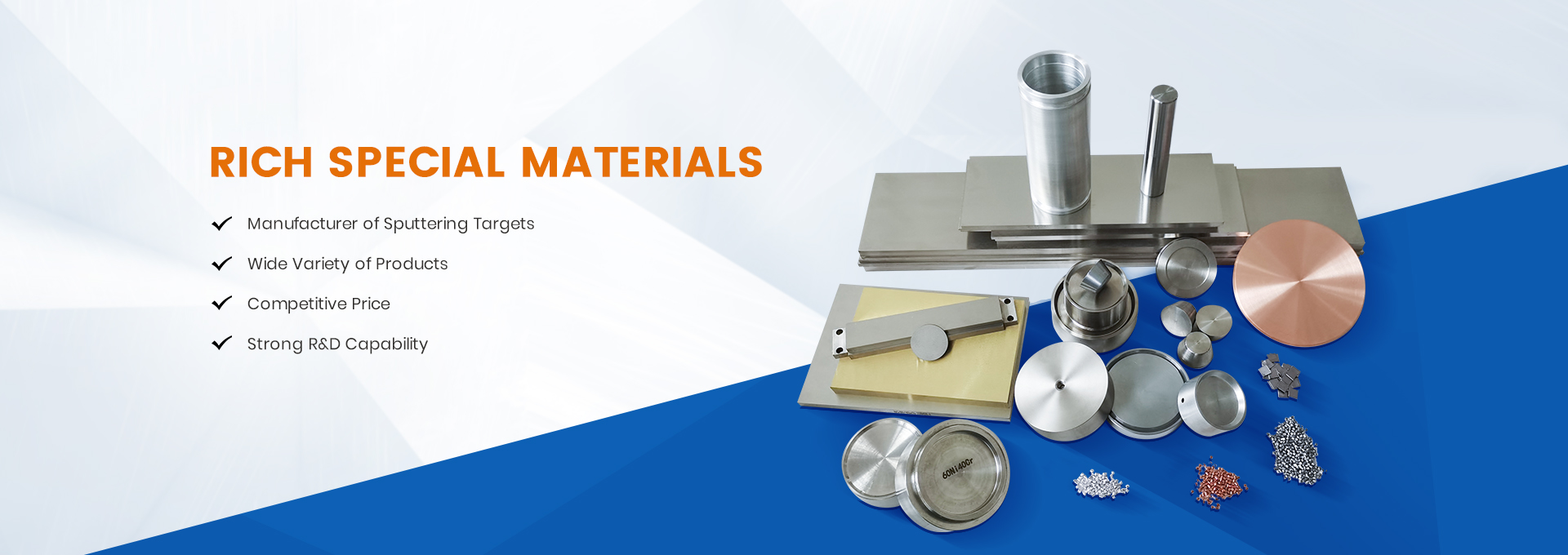What are the contents of optical coating materials? Some customers may not be very clear, so the engineer from RSM will introduce you to some relevant knowledge of optical coating materials.
There are many reasons why optical coating affects the transmittance of a plane lens. The roughness of the mirror will diffuse the incident light and reduce the transmittance of the lens. In addition, the optical rotation absorption of raw materials will also form part of the frequency loss of some incident light sources, which is particularly serious. For example, raw materials that absorb red light look green. However, these poorly processed elements can be removed as much as possible.
Optical coating materials: zirconium dioxide, titanium oxide, titanium trioxide, silicon dioxide, hafnium dioxide, titanium dioxide, titanium trioxide, tantalum pentoxide, niobium pentoxide, alumina, magnesium oxide, yttrium oxide, samarium oxide, praseodymium oxide, tungsten oxide, antimony oxide, nickel oxide, iron oxide, tin oxide, cerium oxide, gadolinium oxide, neodymium dioxide, zinc oxide, bismuth oxide, chromium oxide, copper oxide, vanadium oxide, Ytterbium fluoride, yttrium fluoride, samarium fluoride, neodymium fluoride, magnesium fluoride, strontium fluoride, potassium fluoride, lanthanum fluoride, erbium fluoride, dysprosium fluoride, cerium fluoride, barium fluoride, calcium fluoride, sodium fluoride, zinc sulfide, zinc selenide, titanium oxide and tantalum oxide mixture, zirconia and tantalum oxide mixture
Post time: May-25-2022




